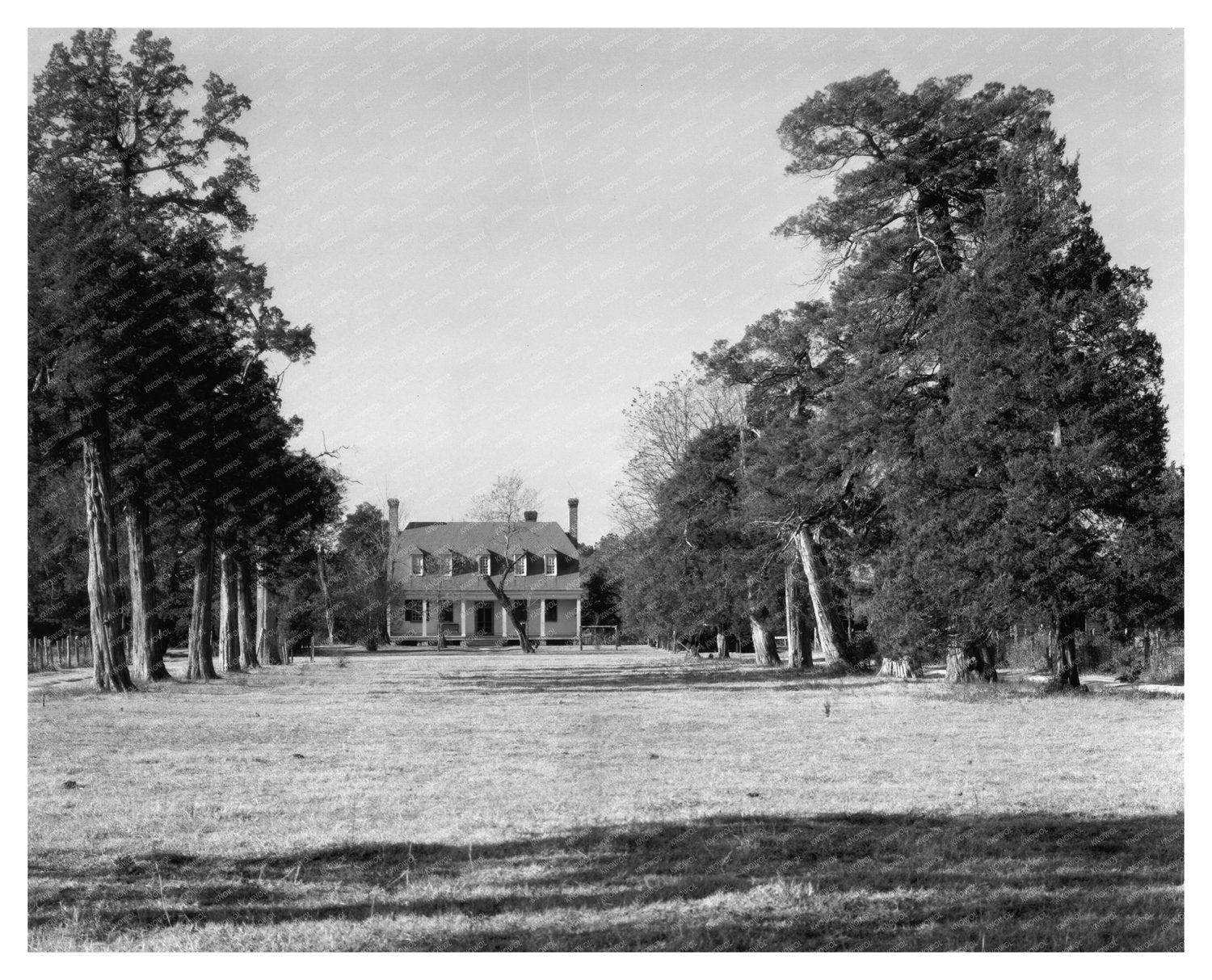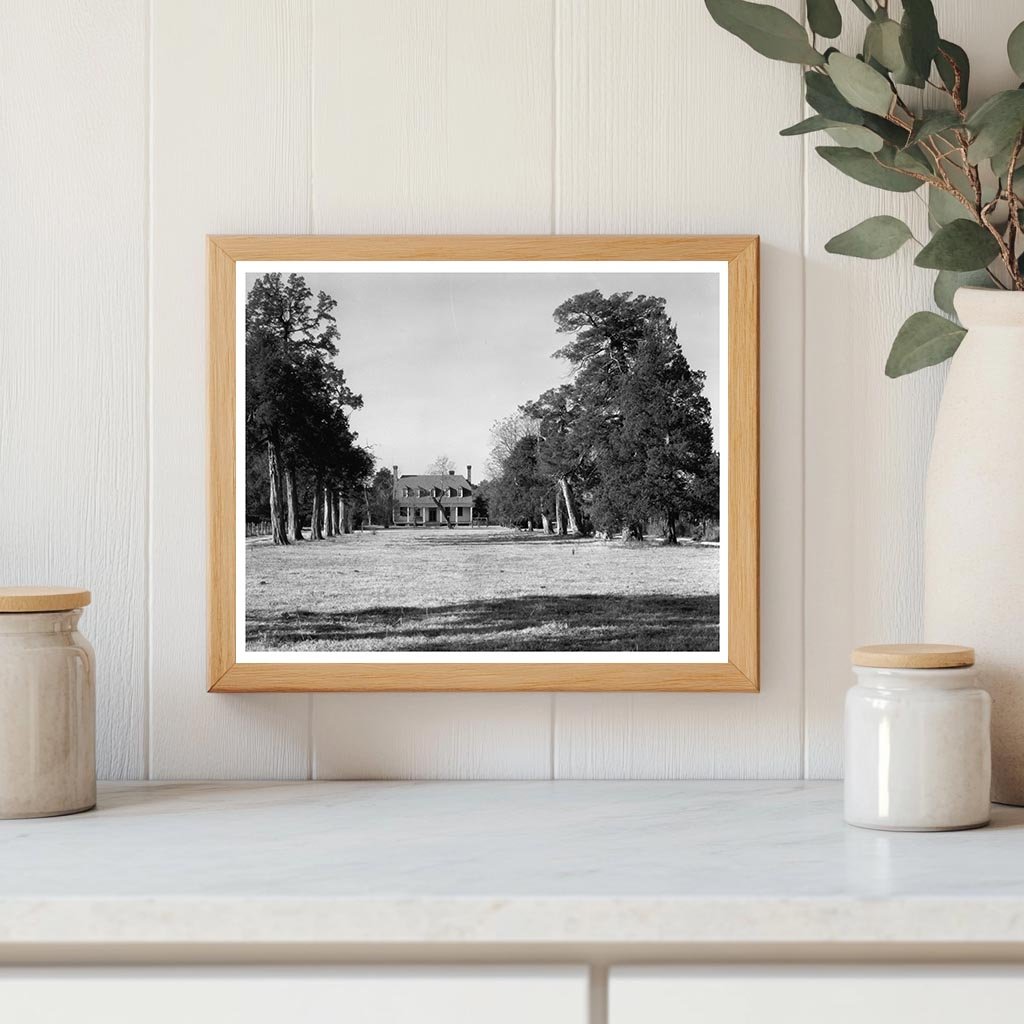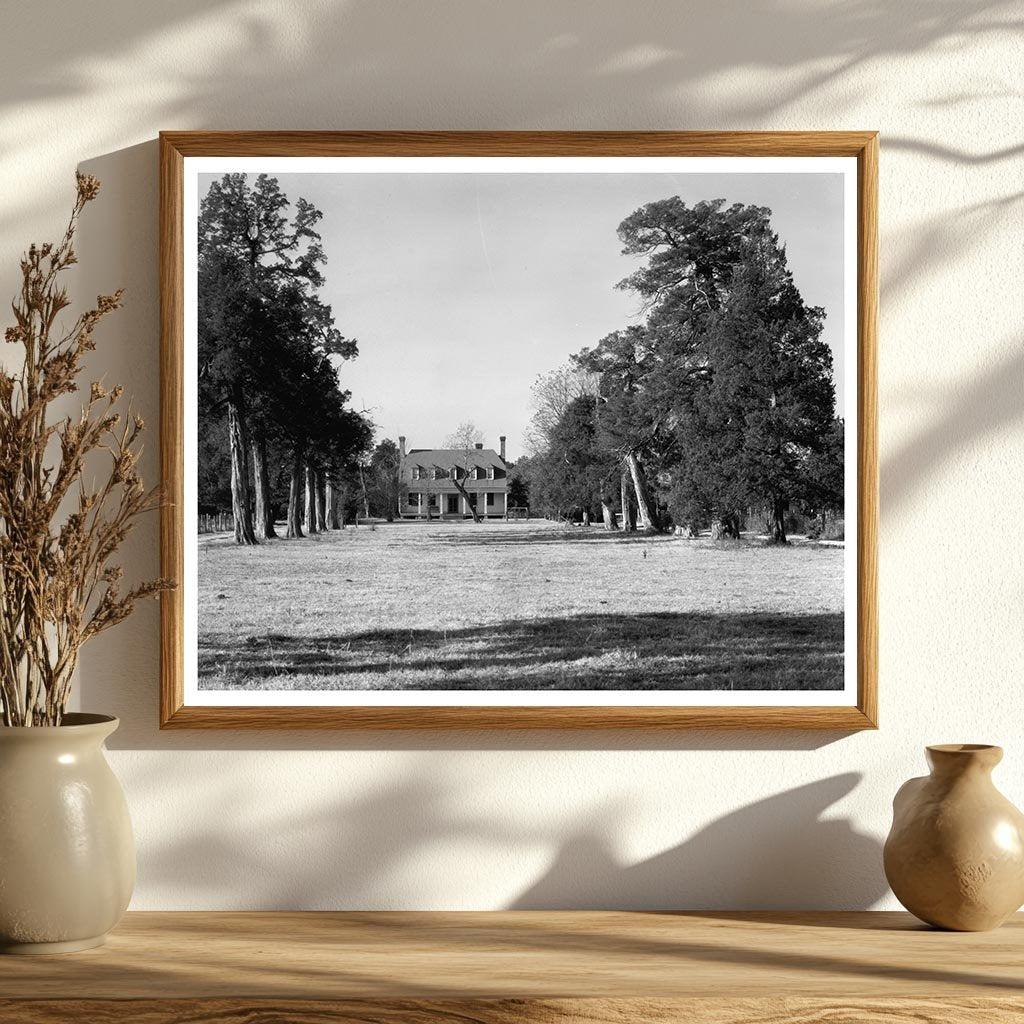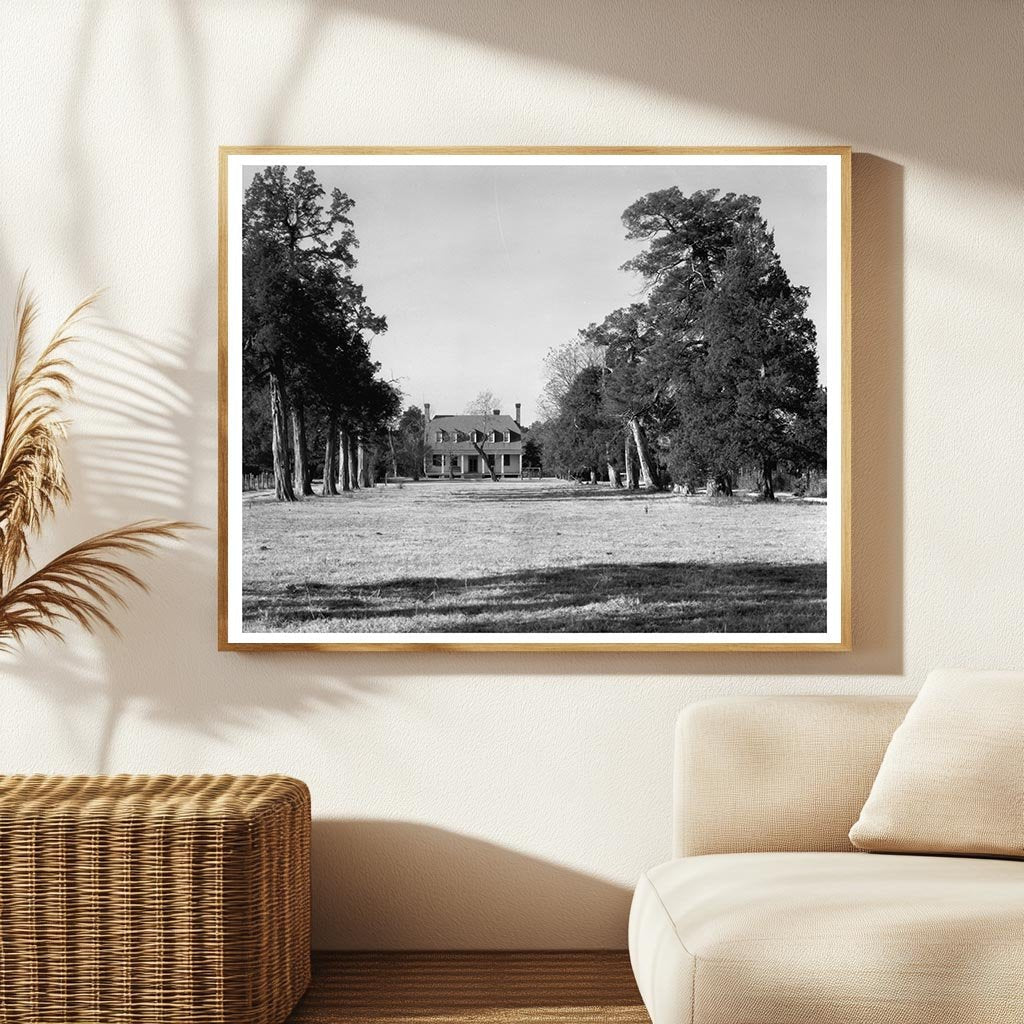



1700 Estate in Bowling Green, VA - Carnegie Survey
This vintage photograph captures an estate in Bowling Green, Caroline County, Virginia, built around 1700 by Major Hoomes. The brick structure is an important example of early American architecture, reflecting the building traditions of the period. The image is part of the Carnegie Survey of the Architecture of the South, a significant initiative aimed at documenting historical structures across the region.
The estates historical significance is underscored by its association with John C. White, a notable figure related to the property. The Carnegie Survey, initiated in the 1930s, aimed to collect and preserve images of significant architectural landmarks, ensuring their legacy for future generations.
This photograph not only serves as a visual record of Virginias rich architectural history but also highlights the craftsmanship and design principles of the time. It is an essential addition for collectors and history enthusiasts interested in the architectural heritage of Virginia.

1700 Estate in Bowling Green, VA - Carnegie Survey
